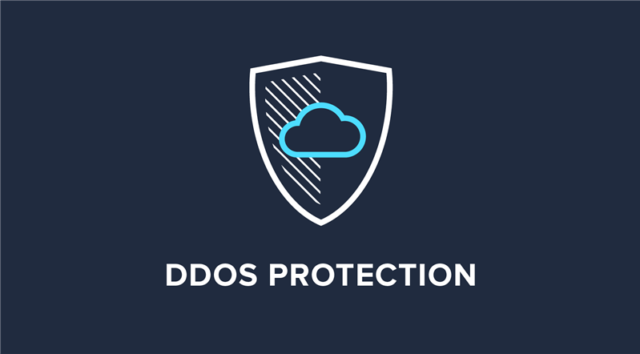Learning how to stop Ddos (directed network attacks) can save your company. DDoS stands for “Distributed Denial of Service” – which is essentially a bunch of malicious attacks aimed at one entity (the attacker). While it may sound funny, if someone wants to bring down your company, they’ll attack you, not your customer. Let’s take a look at how these attacks work, and what can be done.
First, we must understand what happens when a hacker takes down a network – they simply send thousands of requests to every server on their list in hopes of overload them. As a result, the server processes the request, but it can’t handle all of them at once. After a while, the requests pile up to a point where the server becomes unable to cope. The back-end, or software layer, handles the requests per second but can’t handle to handle the load. In these cases, application-layer attacks are used to overload the server with useless data or to deliberately cause a denial of service.
Application-layer attacks are typically what is used to bring down a company. They have been specifically designed to spoof their way through all of the layers of the OS. Most common methods include sending simple packets of data. These packets are then detected and interpreted by the OS, which then responds with what is known as a “correction”. However, most mitigation specialists will advise against trying to perform a correction manually.
Application-layer attacks are the bread and butter of hacker attacks. They are the method used to send a massive amount of data to a web server in order to trigger a denial of service attack. How to stop dog attacks is to prevent attackers from gaining access to your network. Every business must make sure that their servers are not susceptible to these attacks. There are a few ways to do this, but one of the most common methods is to ensure that there is regular access to the servers by the IT team.

Every business that cares about preventing cyber attacks should also invest in a comprehensive malware detection and prevention package. There are a number of vendors that provide anti-malware packages that can be easily installed and purchased online. This software should be able to allow for the quick detection and removal of Trojan horse attacks, which are among the most common forms of malware. By making sure that all employees know about the need to update their security software regularly, a business can cut its risk of being a victim of a cyber attack.
How to stop DDOS attacks? Some of the other ways to stop such attacks are by making sure that employees are aware of the dangers of phishing emails. Some attacks are specifically designed to deliver fake emails purporting to be from bank or credit card companies, when in fact, they are spam. A well-written phishing campaign can easily trick even a seasoned IT professional to open the email attachment, which will then try and gain access to confidential information on the computer system.
Another way to prevent DDoS attacks is to disable the Shared layer in all shared hosting platforms. Shared hosting is a type of technology that enables several different websites to run on a single web server. By default, every web server has an IP address, which is unique to each website. By disabling the Shared layer in shared hosting platforms, hackers are prevented from taking advantage of the huge pool of resources that is made available by this layer.
An alternative to preventing DDOS attacks is to implement proactive measures to deal with malicious scripts. One way of doing this is by using content filtering and URL blacklists. Content filters are programs that are designed to block websites containing known malicious scripts and other harmful files from the computers on which they are being viewed. URL blacklists, on the other hand, are lists of URLs that are known to contain malicious scripts and have been known to be used by attackers during attacks.












